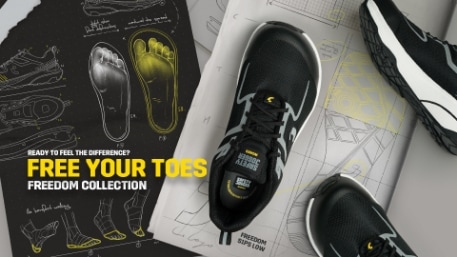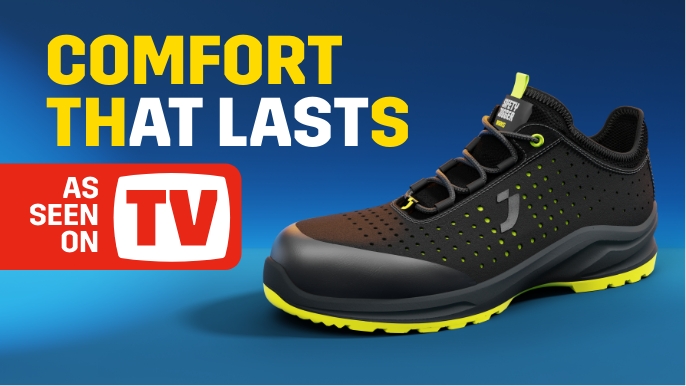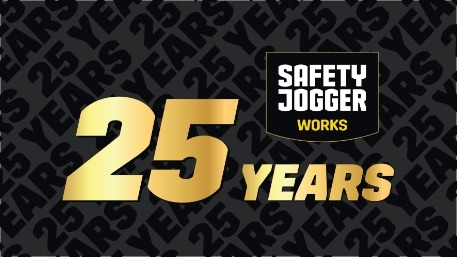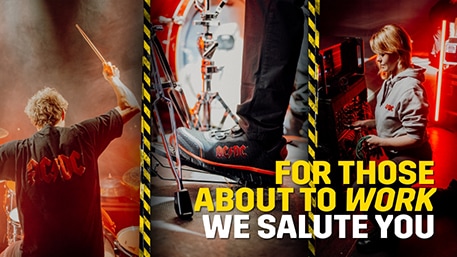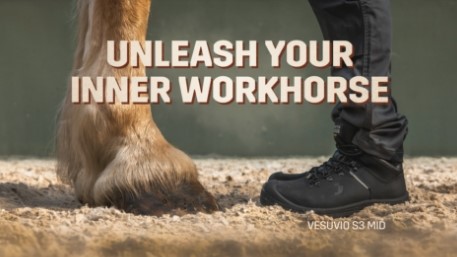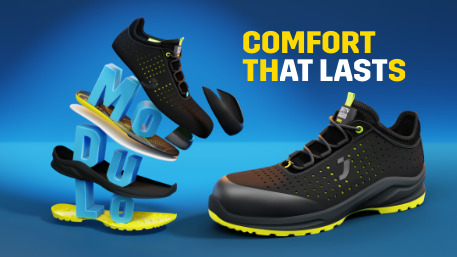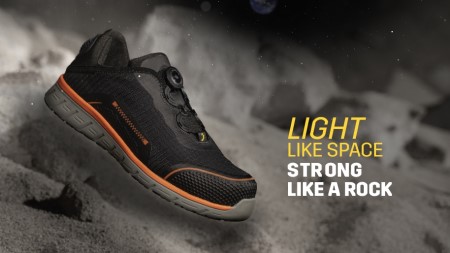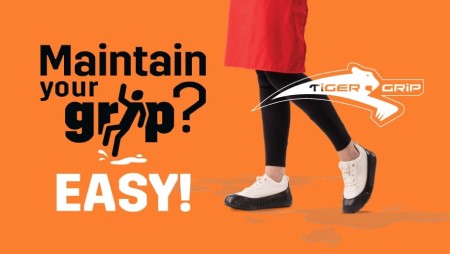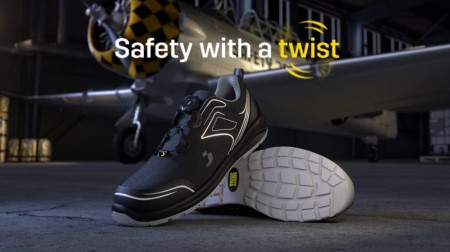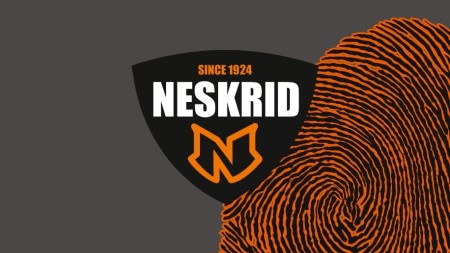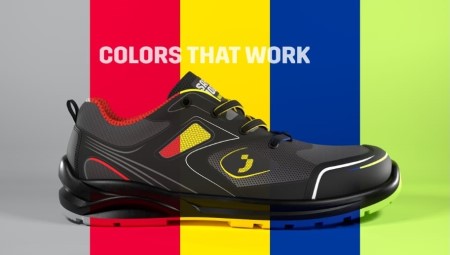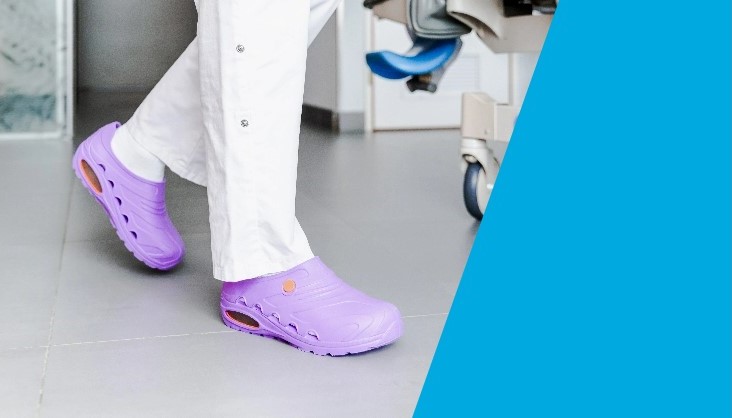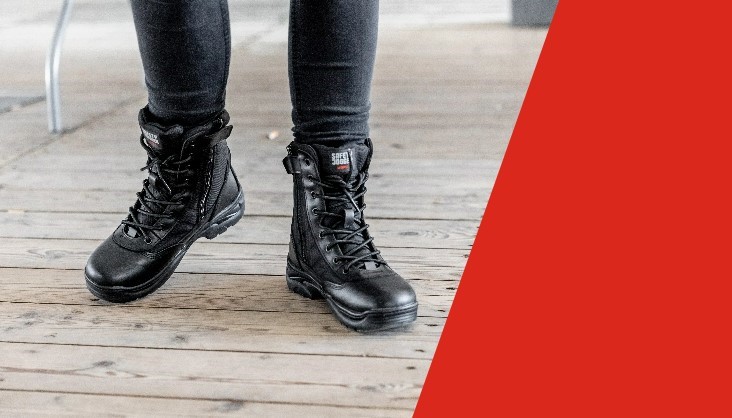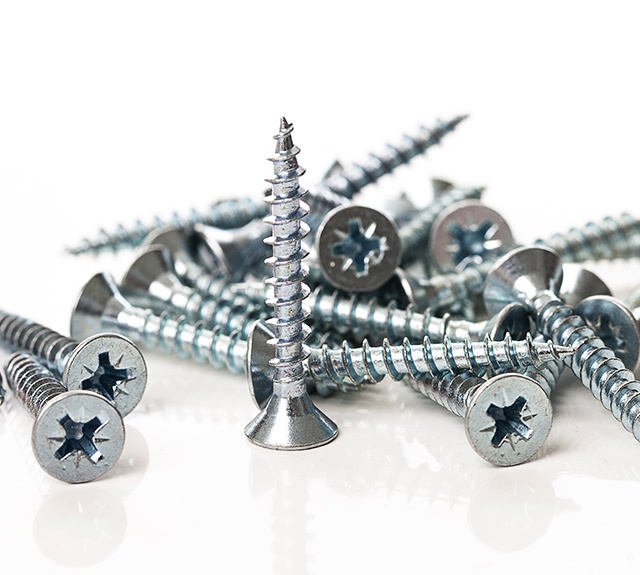
Puncture resistant boots, steel vs. fabric midsoles
Safety footwear and its protective grade is best chosen after evaluation (risk assessment) of the potential dangers in the work environment. The footwear should always be used as a last resort, it is the final line of defense against hazards, after all other reasonable or practical measures have been taken to manage the risks of the workplace. Impact, compression and puncture are the most common types of foot injury.
Common dangers are related to the kind of materials that are handled by the worker, risks of objects falling on or rolling over the feet or sharp objects that could penetrate the outsole of the shoe.
Below we are going a little deeper into puncture resistant boots and the differences between steel midsoles and woven fabric midsoles in puncture resistant boots.
Do you need advice or do you still have a question about puncture resistant boots? Don’t hesitate to contact us right away, We're social!
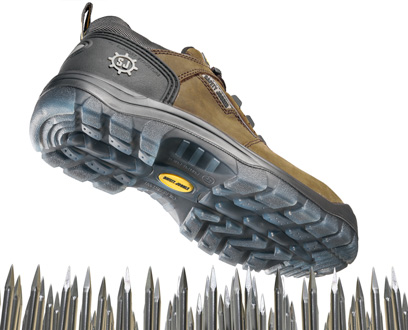
Related puncture resistant boots

Puncture resistant boots
Steel vs. woven fabric midsoles
Puncture flesh wounds are particularly awful because screws, spikes, sharp scrap metal or the famous rusty nail puncturing the foot, can deposit bacteria and debris deep into the body, leading to dangerous infections and/or permanent foot damage.
The protective midsoles are embedded during the manufacturing process, between the insole and outsole of the puncture resistant boots. The standard specifies that the protective midsole of puncture resistant boots cannot be removed without damaging or destroying the boot. 2 main materials are used for protective midsoles: steel and Aramid (woven fabrics with high tenacity; eg. Kevlar by Dupont, Twaron by Akzo)
When puncture resistant boots have a woven fabrics midsole, they are most likely to have a composite toe cap too to create a metal-free, lightweight work boot. A crucial element on sites where metal detectors are used as employees enter and leave, for example high-security environments, such as airports, governmental buildings and military bases, where the scanning aims to prevent weapons from making their way in.
We made a list with all the differences you should know about a steel or woven fabric midsole in your search for the puncture resistant boot that suits your work.

Steel midsoles
Made from coated steel or stainless steel
More economic compared to textile/Aramid materials
Thinner than textile/Aramid midsoles
Embedded in the outsole construction, not visible when taking out the comfort insole
Conducting cold, heat and electricity
Recommended for protection against very sharp and tiny objects
Less flexible than textile midsoles, due to the characteristics of metal
Not protecting the full bottom surface of the footwear, few mm stay unprotected at the sides
Subject to corrosion after a period of time, when made in coated carbon steel, especially at the flexline area
Woven fabric midsoles
Made from Aramid fibers like Kevlar or Twaron
More flexible compared to steel midsoles
Less heavy than steel midsoles
Sewn onto the puncture resistant boots upper construction, visible when removing the comfort insole
Not conducting cold, heat and electricity
Recommended for people working in metal scanning environments
More comfort due to technical evolution towards thinner, more lightweight materials.
Protecting the full bottom surface of the shoe
Combined very high strength-to-weight properties, with excellent temperature, abrasion and cut resistance values
You might also like to read

ESD vs. antistatic: what is the difference?
Small sparks can sometimes have large consequences. Antistatic or ESD shoes avoid those sparks by sending electrical charges to the ground. But what is the difference between these two types of shoes?
ESD
What does an EH (Electrical Hazard) rating mean?
EH shoes are insulating, meaning that they have such a high electrical resistance that they completely isolate you from the ground. Learn more about how EH-rated boots protect you from electrical hazards.
Electrical hazard
Which toe cap material is the best choice for you?
A protective toecap made according to European or ASTM standards will protect your toes from basically every injury, regardless of the material. But what materials are there and what is the difference?
Steel or composite toeGROW YOUR BUSINESS & BECOME A DEALER
Safety Jogger is worldwide and always looking for people who trust our brand as much as we do! We have a team of expert's ready for you to help with questions about our brand, technologies or reselling our products. So, don’t hesitate to fill in this form, we usually get back to you within a day!
Further information?
Fill in the form and we’ll get in touch!
